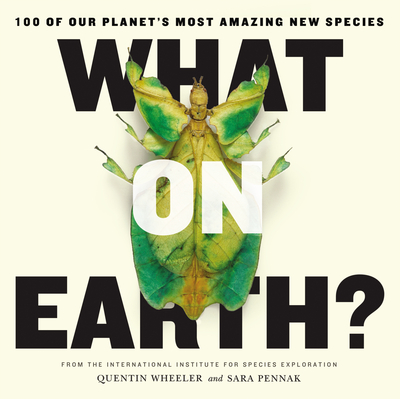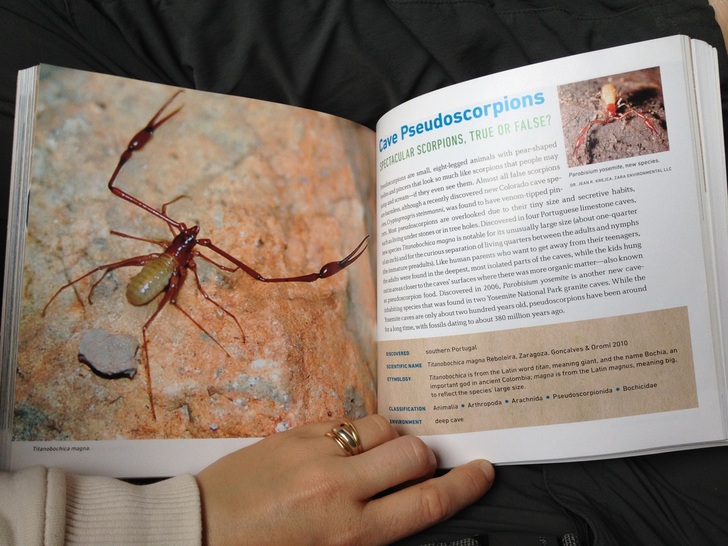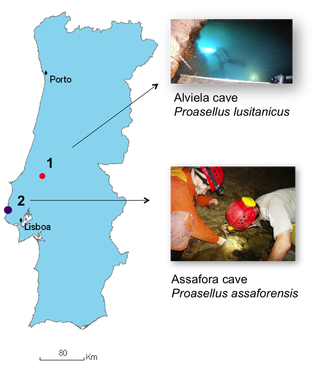Featuring visually striking images alongside surprising facts about each new species, What on Earth? is a testament to the incredible and ever-evolving diversity of our planet.
Reference:
Wheeler Q. & Pennak S. (2013). What on Earth?: 100 of Our Planet's Most Amazing New Species. Penguin Books, 276 pp.
ABOUT THE AUTHORS
QUENTIN WHEELER and SARA PENNAK are both professors at Arizona State University and work at the International Institute for Species Exploration.



 RSS Feed
RSS Feed
